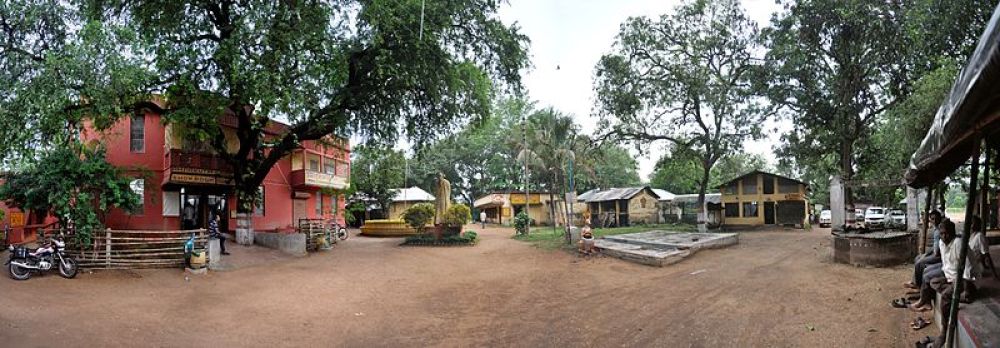

Tucked away in the serene landscapes of West Bengal, Shantiniketan hosts a treasure trove of history, art, and culture, among which Amar Kutir stands as a beacon of rural empowerment and creativity. Originally starting as a society for rural development, Amar Kutir has become a significant spot in the cultural tourism map of West Bengal.
The roots of Amar Kutir lie in the freedom movement of India. It was established in the pre-independence era as a place for fostering self-help and self-reliance among the local communities. The ideals of Rabindranath Tagore, the Nobel Laureate and founder of the Shantiniketan, greatly influenced its inception. The vision was to create an institution where art and craft would be the mediums for socio-economic development.
In the course of time, Amar Kutir was instrumental in reviving traditional crafts and art forms, including leatherwork, Kantha embroidery, and Batik printing. As these crafts gained popularity amongst tourists, Amar Kutir began to harness the potential of tourism to further its developmental goals.
Visitors to Amar Kutir can witness the exquisite craftsmanship of local artisans and even take part in workshops. The opportunity to see and learn about traditional arts and crafts first-hand has made Amar Kutir a popular destination for those seeking authentic cultural experiences. Tourists can purchase unique handcrafted items as souvenirs or gifts, providing a sustainable source of income for the artisans.
The destination is not only a testament to the region's rich cultural fabric but also an example of successful community-led tourism. The involvement of local communities in the management of tourism activities ensures that the benefits of tourism flow back into regional development and conservation of heritage.
In recent years, the focus has been on ecotourism and sustainable practices. Amar Kutir Society has taken initiatives to promote eco-friendly products and reduce environmental footprints. Tourists are increasingly attracted to such places that offer a holistic experience – combining leisure travel with learning and social responsibility.
Experience-based tourism has also seen a rise, with travelers looking to immerse themselves in local cultures. Workshops conducted at Amar Kutir provide such immersive experiences by allowing tourists to participate in the creation of art and craft items.
Furthermore, the global trend towards digital integration in tourism has not left Amar Kutir untouched. An improved online presence and e-commerce platforms allow the craft center to showcase its offerings to a global audience, broadening its reach and influence in the tourism sector.
Amar Kutir continues to evolve with the changing trends in tourism, holding true to its core values of showcasing Bengali craftsmanship and contributing to the socio-economic development of the rural community in and around Shantiniketan.
When planning your visit to Amar Kutir, it's best to coincide with the cooler months from October to March. The Shantiniketan Mela, held in December, is a particularly vibrant time to visit as it brings forth a flurry of activities and cultural events that showcase the region's traditions and hospitality. Ensure that you reserve ample time to explore Amar Kutir and enjoy its unique blend of culture, craft, and commitment to the community.